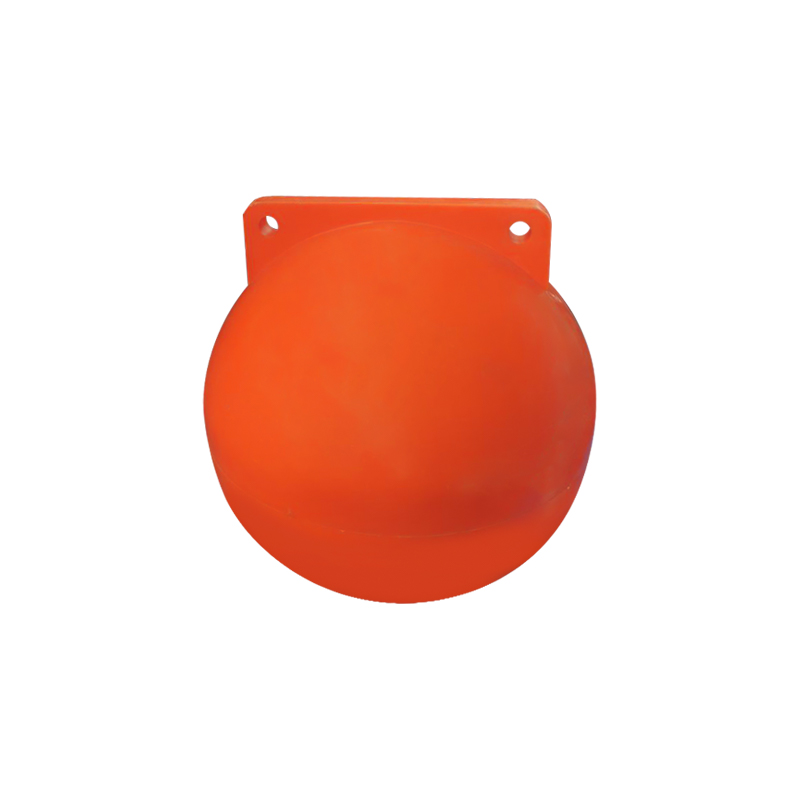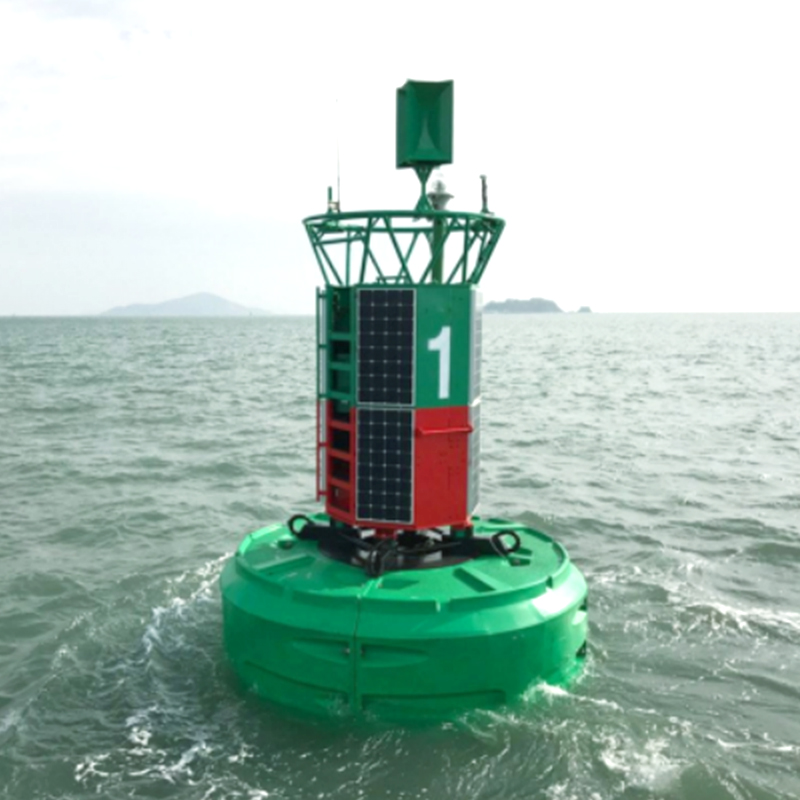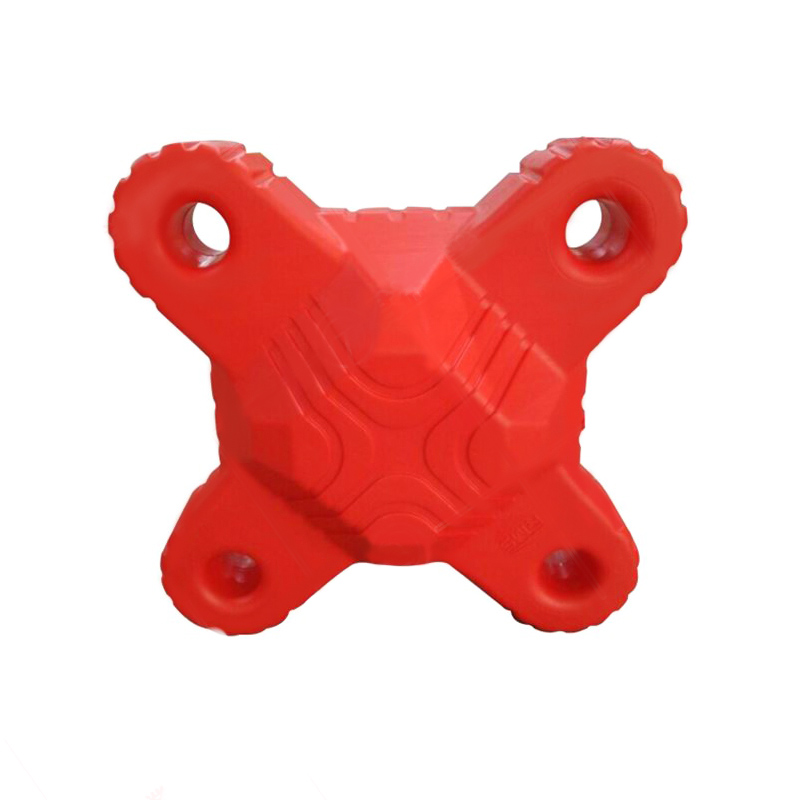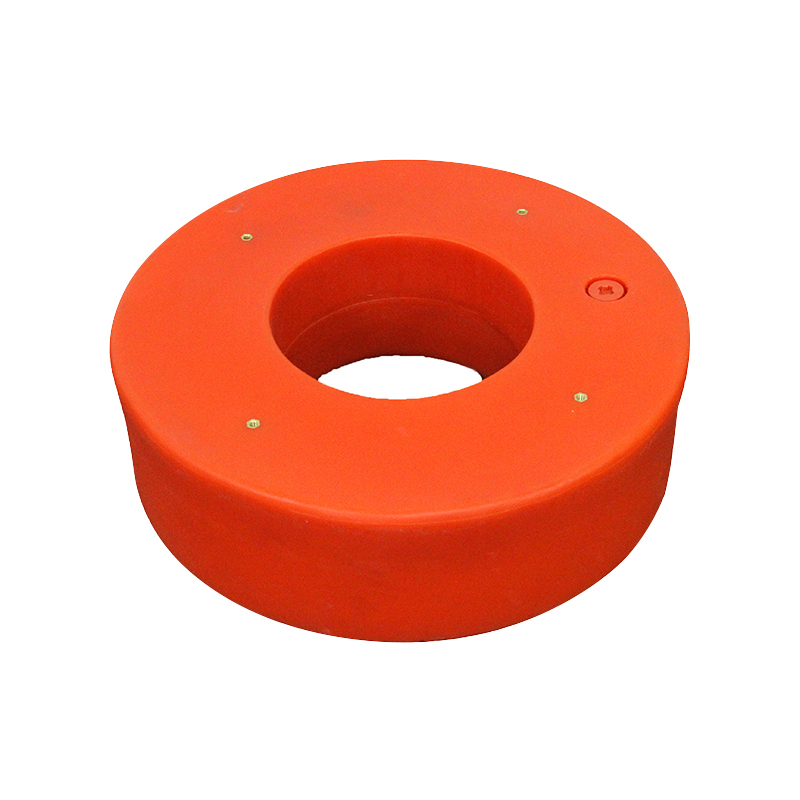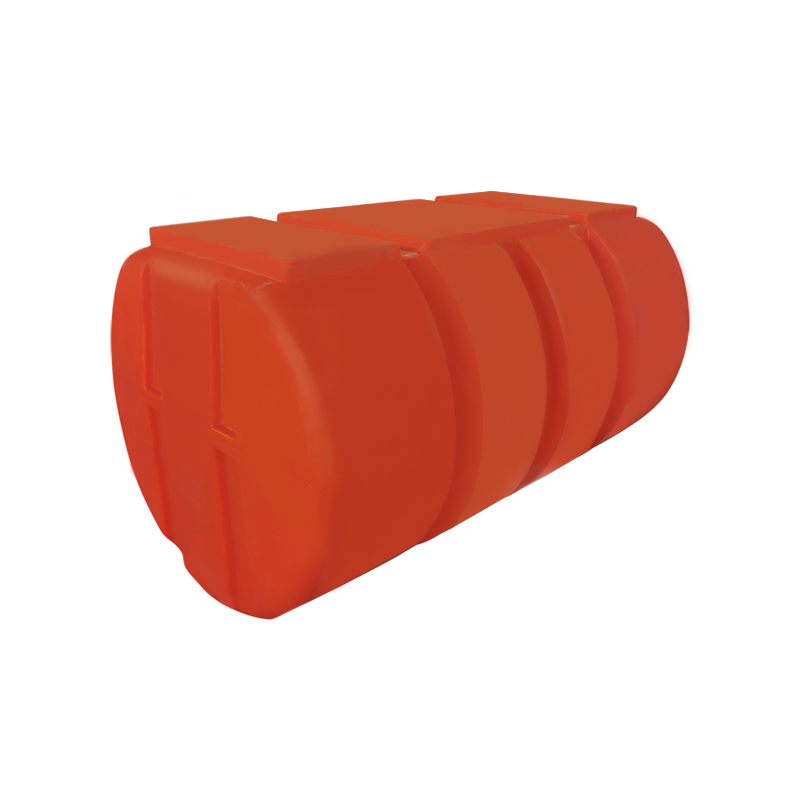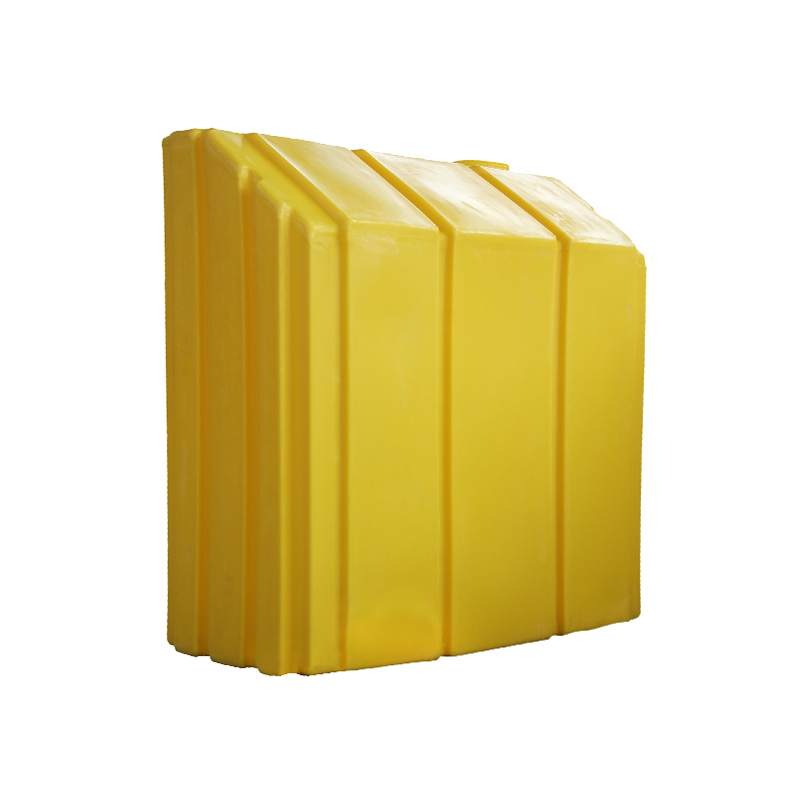What is the difference between vertical and horizontal PE storage tanks? Which design is more practical?
What Is a PE Storage Tank?
A PE storage tank is a liquid storage vessel made primarily from polyethylene (PE) through a one-piece rotational molding process. Thanks to its corrosion resistance, aging resistance, and non-toxic properties, it is widely used for storing acid and alkali solutions, industrial wastewater, food ingredients, purified water, and chemical solvents.
Compared with traditional metal tanks, PE storage tanks are seamless, which gives them higher overall strength, excellent sealing, and low risk of leakage. Their light weight, durability, and cost-effectiveness make them indispensable in modern chemical, water treatment, and environmental industries.
Structure and Features of Vertical PE Storage Tanks
Structural Design
A vertical PE storage tank has a cylindrical upright design. Its bottom is typically reinforced with a support base or anti-slip ring, allowing it to stand firmly on the ground or a steel platform. The top is equipped with inlet ports, vent valves, level gauge connectors, and manholes, making it easy to operate and maintain.
This design ensures uniform stress distribution inside the tank, allowing it to withstand higher static pressure. Additionally, gravity-based liquid discharge makes drainage more efficient, reducing the need for pumping systems.
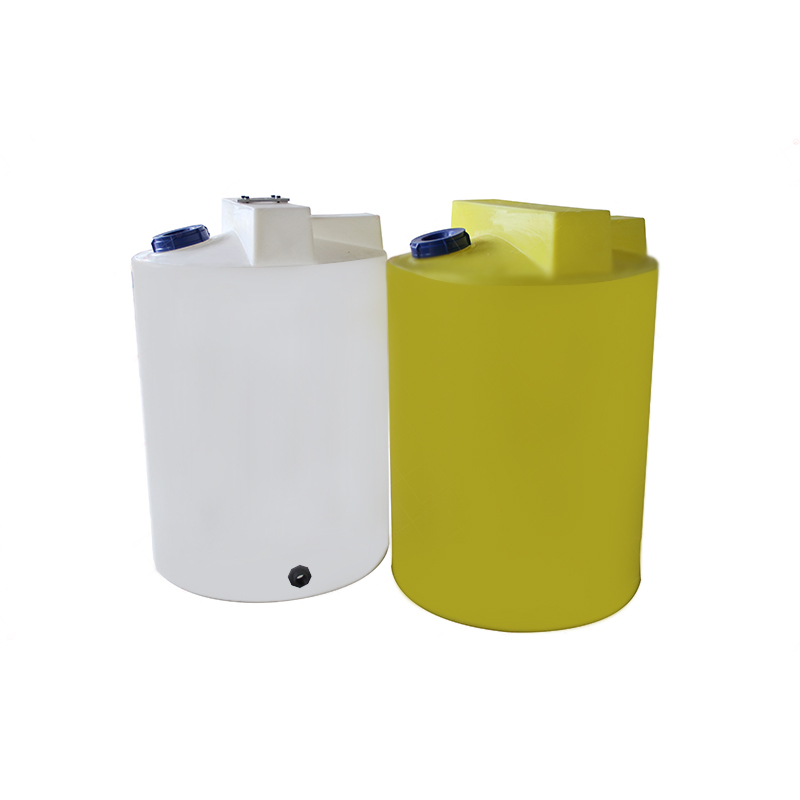
Advantages
- Space-saving design – Takes up minimal floor space, ideal for workshops or limited areas.
- Efficient gravity drainage – Bottom outlets allow easy liquid discharge with minimal residue.
- Easy maintenance and cleaning – The top opening enables workers to access the tank interior for inspection and cleaning.
- Cost-effective – Lower manufacturing and installation costs, with a long service life.
- High environmental adaptability – Suitable for both indoor and outdoor installations.
Application Scenarios
Vertical PE storage tanks are ideal for fixed storage systems, commonly used in:
- Chemical industry: storing acids, alkalis, and saline solutions
- Water treatment: storing wastewater, clean water, and dosing chemicals
- Food processing: storing liquid ingredients and fermentation media
- Agriculture: storing liquid fertilizers and irrigation water
Structure and Features of Horizontal PE Storage Tanks
Structural Design
A horizontal PE storage tank has a horizontal cylindrical structure, with both ends closed by domed or flat heads. The tank is typically supported by saddle brackets or support frames, ensuring stability when placed on the ground. The top and ends include inlets, outlets, vent ports, and inspection openings for easy operation.
Due to its low center of gravity and high stability, the horizontal design is well-suited for frequent movement or transportation applications.
Advantages
- Enhanced stability – Low center of gravity prevents tipping, suitable for vibration-prone environments.
- Easy to transport – Can be mounted on vehicles or trailers for liquid transport.
- Flexible operation – Ideal for dynamic liquid handling systems such as circulation or discharge.
- Customizable capacity – Length and diameter can be tailored to meet specific storage or transport needs.
- Safe and reliable – Strong impact resistance and pressure tolerance.
Application Scenarios
Horizontal PE storage tanks are commonly used in:
- Tanker trucks for chemical or water transport
- Temporary storage units
- Circulating liquid systems
- Dynamic mixing and discharge setups
- Outdoor or mobile job sites
Comparison Between Vertical and Horizontal PE Storage Tanks
To better understand their differences, the following table compares the main features and applications of both types:
| Comparison Item | Vertical PE Storage Tank | Horizontal PE Storage Tank |
| Floor Space | Smaller footprint, ideal for fixed installations | Larger footprint, requires flat foundation |
| Stability | Higher center of gravity, requires base support | Lower center of gravity, more stable |
| Installation | Easy to install, can be directly fixed | Requires saddle brackets or support frame |
| Maintenance & Cleaning | Easy drainage and cleaning | Slightly more complex interior cleaning |
| Application Environment | Fixed storage, industrial facilities | Transport or mobile operations |
| Cost | Relatively lower | Slightly higher (includes support cost) |
From the table, it’s clear that vertical PE storage tanks are better for static, fixed storage, while horizontal PE storage tanks are ideal for transportation and dynamic liquid operations. For the same capacity, vertical tanks are generally more economical, while horizontal tanks offer greater stability and vibration resistance.
Which Design Is More Practical? How to Choose?
Choosing between vertical and horizontal PE storage tanks depends on the application environment and liquid characteristics. Below are some selection guidelines:
1. Based on Purpose
- For fixed liquid storage (e.g., wastewater, purified water, acid/alkali solutions) → Choose Vertical PE Storage Tank
- For transport or mobile use (e.g., chemical raw materials, agricultural liquids) → Choose Horizontal PE Storage Tank
2. Based on Liquid Properties
- Highly corrosive liquids → Use thickened or double-layer PE tanks
- High-temperature liquids (above 60°C) → Choose modified PE with heat resistance
- Food or potable water → Use food-grade PE compliant with GB9687 standards
3. Based on Installation Environment
- Limited indoor or platform space → Vertical design saves space
- Outdoor or mobile applications → Horizontal design ensures better stability
4. Based on Cost Consideration
Vertical PE storage tanks are more affordable in manufacturing and transportation, making them suitable for most fixed applications. Horizontal tanks cost slightly more due to added brackets and structural supports but provide better safety and mobility in transport operations.


 English
English عربى
عربى




